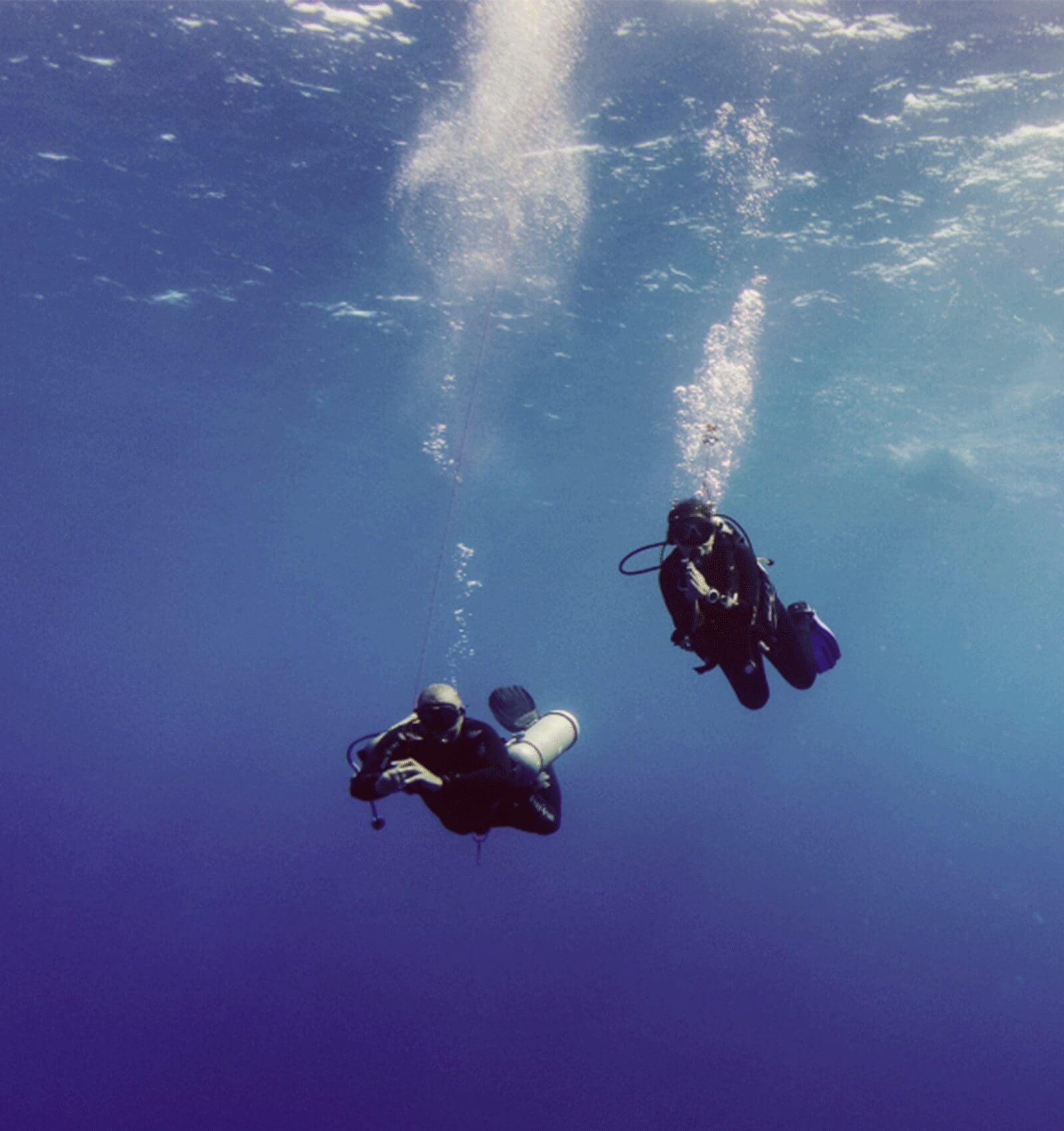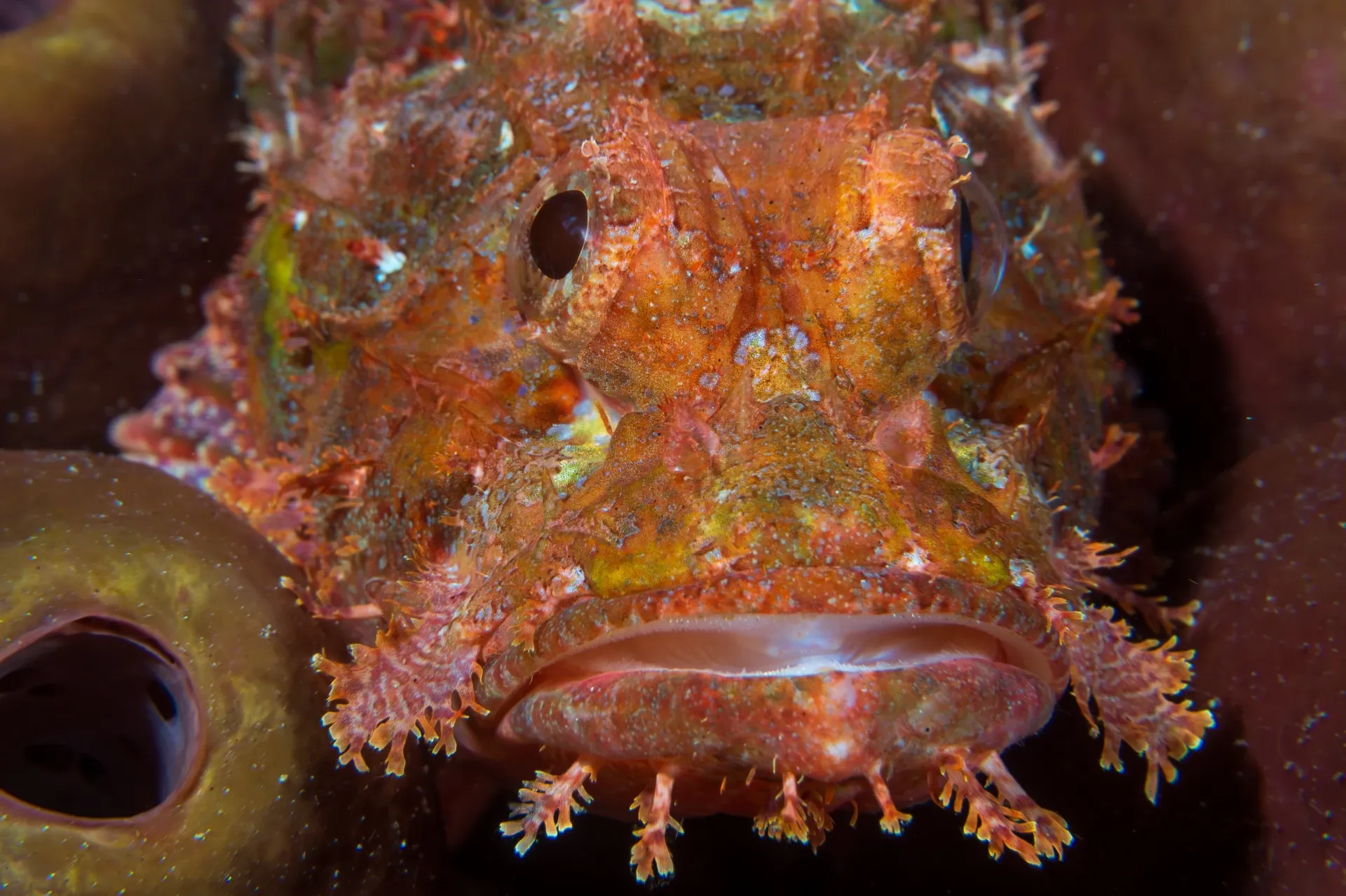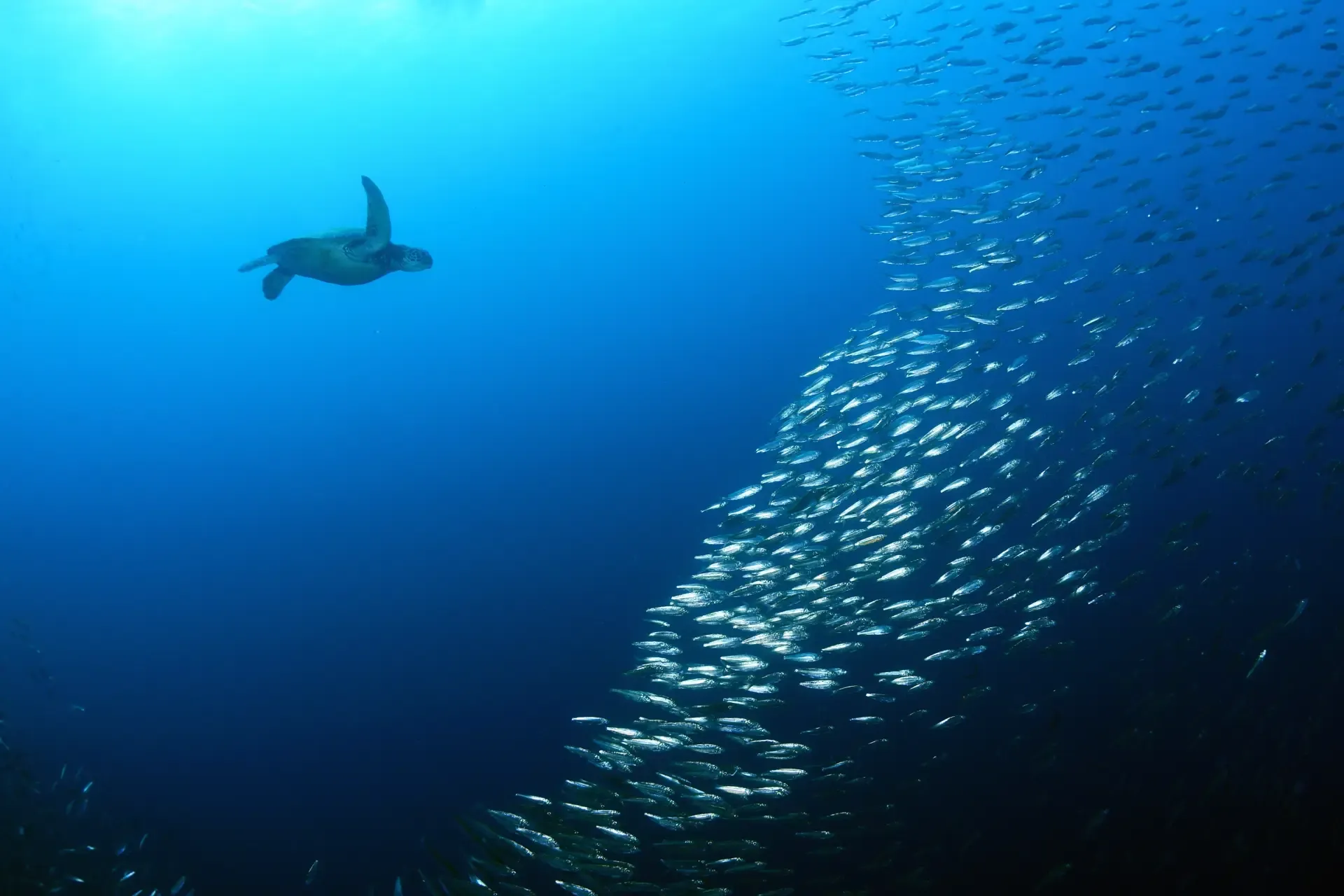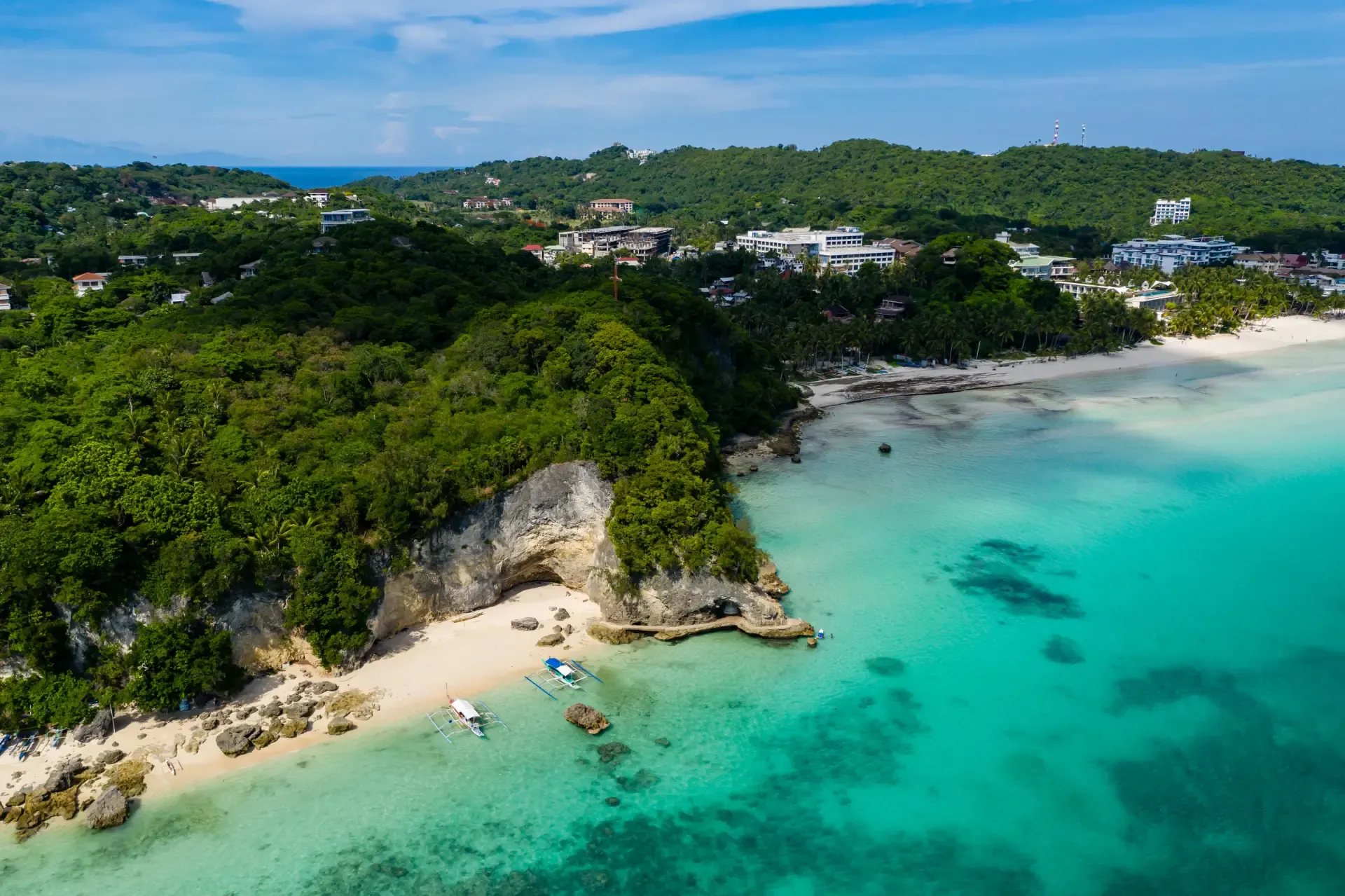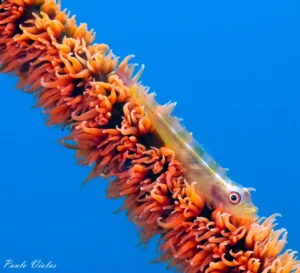Exploring Maniguin: Boracay’s Remote Diving Adventure
Exploring Maniguin: Boracay’s Remote Diving Adventure
Exploring Maniguin: Boracay’s Remote Diving Adventure
For divers seeking an experience beyond the well-traveled reefs of Boracay, Maniguin Island offers a true underwater adventure. Located 2–3 hours south of Boracay, this remote dive site is a hidden gem in the Philippines, known for its exceptional visibility, stunning walls, diverse marine life, and exhilarating encounters.
Often referred to as Maniguin Atoll, this small island rises dramatically from the ocean, its lighthouse standing as a solitary beacon for passing ships. With pristine reefs, shoals of pelagic fish, a resident shark cave, and occasional eagle ray sightings, Maniguin delivers a truly world-class dive experience. Due to its remote location, it is only accessible via fast dive boats and is always done as a full-day dive safari, complete with a BBQ on the beach between dives.
If you’re ready to explore a lesser-known but breathtaking dive destination, here’s what you need to know about diving at Maniguin Island with New Wave Divers Boracay.
The Journey to Maniguin: A True Dive Safari Experience
Maniguin is located approximately 55 kilometers (34 miles) south of Boracay. The journey takes between 2 to 3 hours by speedboat, making it one of the most adventurous dive excursions from Boracay. Due to the travel time, it is always planned as a full-day dive trip, including multiple dives and a beachside BBQ on the island.
Unlike Boracay’s more accessible dive sites, diving at Maniguin feels like an expedition—venturing far from the crowds, exploring remote waters, and encountering marine life rarely seen at Boracay’s closer sites.
📍 Trip Highlights:
✔️ 2-3 dives in some of the clearest waters in the Philippines
✔️ BBQ lunch on a remote island with white sand beaches
✔️ Chance to see sharks, eagle rays, and large shoals of pelagic fish
✔️ Exhilarating deep walls and cave diving opportunities
With visibility often reaching 30-40 meters (100-130 feet) and moderate currents, this dive is suitable for Open Water Divers and above, though Advanced certification is recommended for those who want to explore deeper sections.
Diving at Maniguin: What to Expect
Maniguin’s reef extends all around the island, offering diverse dive experiences, from deep walls to caves and coral slopes. The conditions are often calm, with currents ranging from mild to moderate, making it a comfortable yet exciting dive for most skill levels.
Depth & Conditions:
- Depth Range: 10–60 meters (33–190 feet)
- Visibility: 30–40 meters (100–130 feet)
- Water Temperature: 25°C (77°F)
- Current: Moderate, but can change depending on tides
Each dive site at Maniguin offers a different kind of experience, from drifting along vertical walls to exploring a shark-filled cave.
Marine Life Encounters at Maniguin
Maniguin is a haven for marine biodiversity, attracting both reef fish and large pelagic species. The healthy coral formations provide shelter for smaller creatures, while the deeper waters draw schools of jacks, snappers, and predatory fish.
Common Sightings at Maniguin:
🐟 Shoals of Surgeonfish & Midnight Snappers – Large schools of fish swimming in synchronized formations, creating a mesmerizing underwater display.
🦈 Resident Sharks in the Cave – A highlight of the dive, where a good-sized cave houses a few resident reef sharks. Divers can safely observe these graceful predators resting within their natural habitat.
🐠 Jacks & Trevallies – Large schools of bigeye trevallies and bluefin jacks patrol the deeper waters, often appearing suddenly in large numbers.
🌊 Eagle Rays (Occasionally Seen) – These majestic creatures are known to pass through the area, gliding effortlessly through the blue.
🐡 Vibrant Coral Reefs – The shallow reef sections are filled with hard and soft corals, providing a home to nudibranchs, angelfish, butterflyfish, and anemonefish.
For those interested in photography, the crystal-clear water and dramatic landscapes provide endless opportunities for capturing the beauty of the deep.
Maniguin’s Shark Cave: A Hidden Treasure
One of the most exciting features of Maniguin is its shark cave, a deep cavern that serves as a resting place for reef sharks. While the number of sharks inside can vary, divers frequently see one or more sharks resting within the shadows of the cave.
🦈 Key Highlights of the Shark Cave:
✔️ Natural resting spot for sharks – A unique chance to observe sharks in a calm, non-feeding environment.
✔️ Perfect for Advanced Divers – The cave is accessible to those with good buoyancy control and an understanding of overhead environments.
✔️ A photographer’s dream – With the right lighting, the entrance of the cave creates a stunning contrast with the deep blue.
The shark cave is one of the best places in the Boracay region to see reef sharks up close in their natural setting.
Why Choose Maniguin for Your Next Dive Adventure?
Diving at Maniguin is an unparalleled experience for those looking to go beyond Boracay’s reefs. It offers:
🌊 Unspoiled dive conditions – With fewer divers visiting, the reef remains pristine and untouched.
🐟 Incredible marine biodiversity – From small reef fish to large pelagic species, Maniguin has it all.
📸 Perfect underwater photography conditions – High visibility and dramatic landscapes make for breathtaking shots.
🍽️ Island BBQ experience – A relaxing break on the beach between dives, making the trip even more special.
For divers looking to experience a true diving expedition, Maniguin is one of the best options near Boracay.
How to Dive Maniguin with New Wave Divers
New Wave Divers Boracay offers Maniguin dive trips as part of our special diving safari program. Here’s what you can expect:
📅 Trip Availability: Special full-day trips – check with us for the next schedule.
🚤 Departure: Early morning departure from Boracay’s dive center.
🤿 Certification Requirement: Open Water Divers can join, but Advanced Divers will have access to deeper areas.
🥩 BBQ on the Beach: A mid-day break with a delicious BBQ lunch on the island.
Final Thoughts: Is Maniguin Worth the Trip?
For those seeking a unique and rewarding dive experience, Maniguin delivers on all fronts. From its crystal-clear waters and stunning wall dives to its resident sharks and vibrant marine life, this dive site offers something truly special for divers looking to explore beyond Boracay’s main reefs.
At New Wave Divers Boracay, we love taking divers to Maniguin for this extraordinary underwater adventure. If you’re ready to experience world-class diving, contact us today to book your Maniguin dive safari and explore one of the Philippines’ most beautiful remote dive sites.
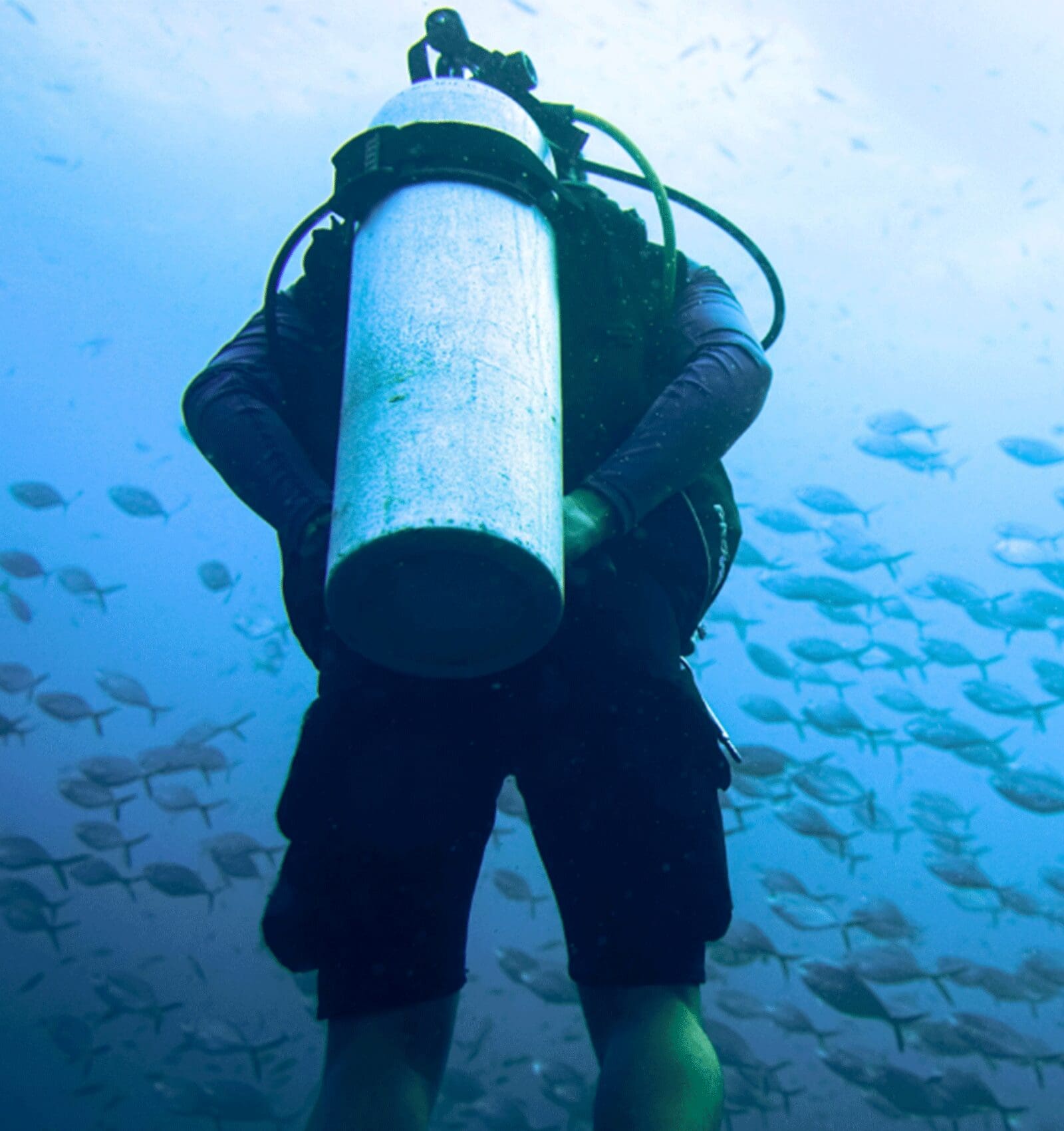
Wish to know more about the diving in Boracay? Our team will be delighted to answer your questions and let us know why we should be your first choice when planning your dive vacation to the Philippines. We hope to hear from you soon!
